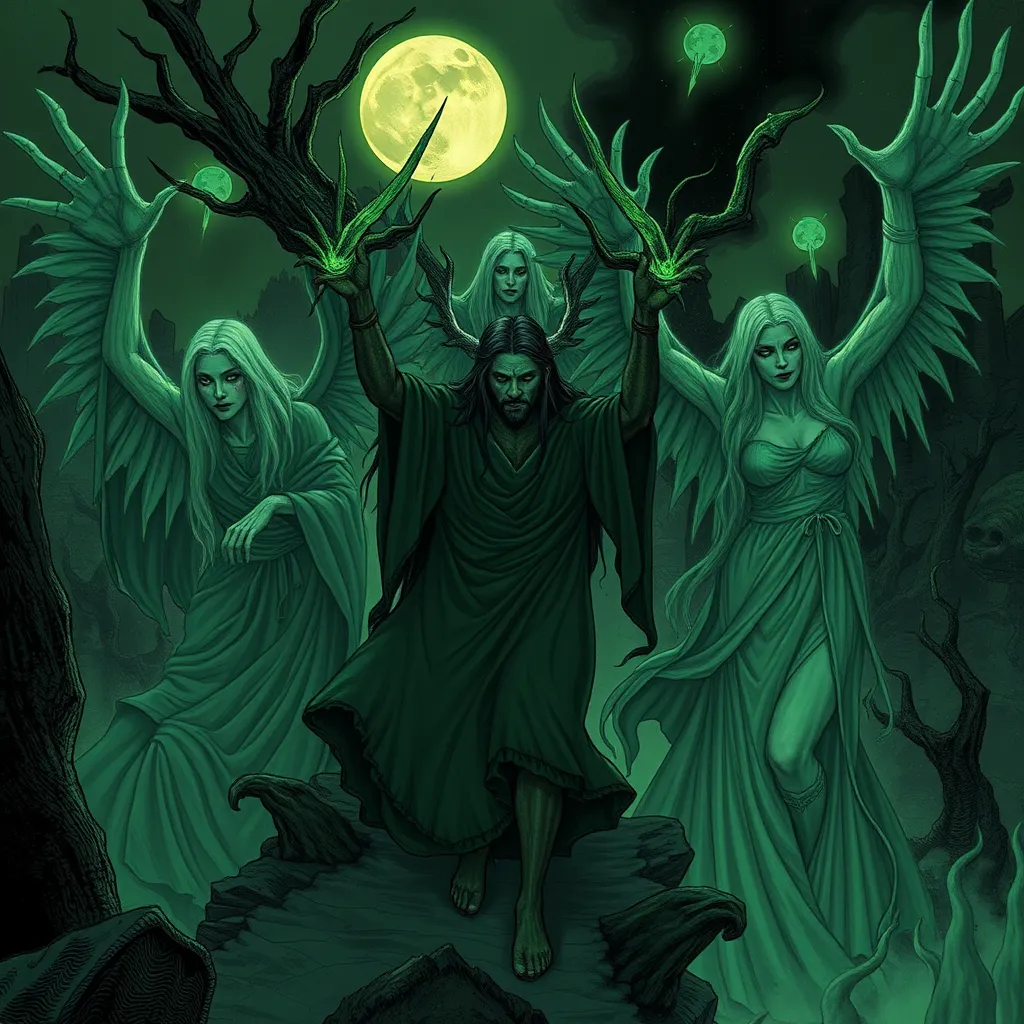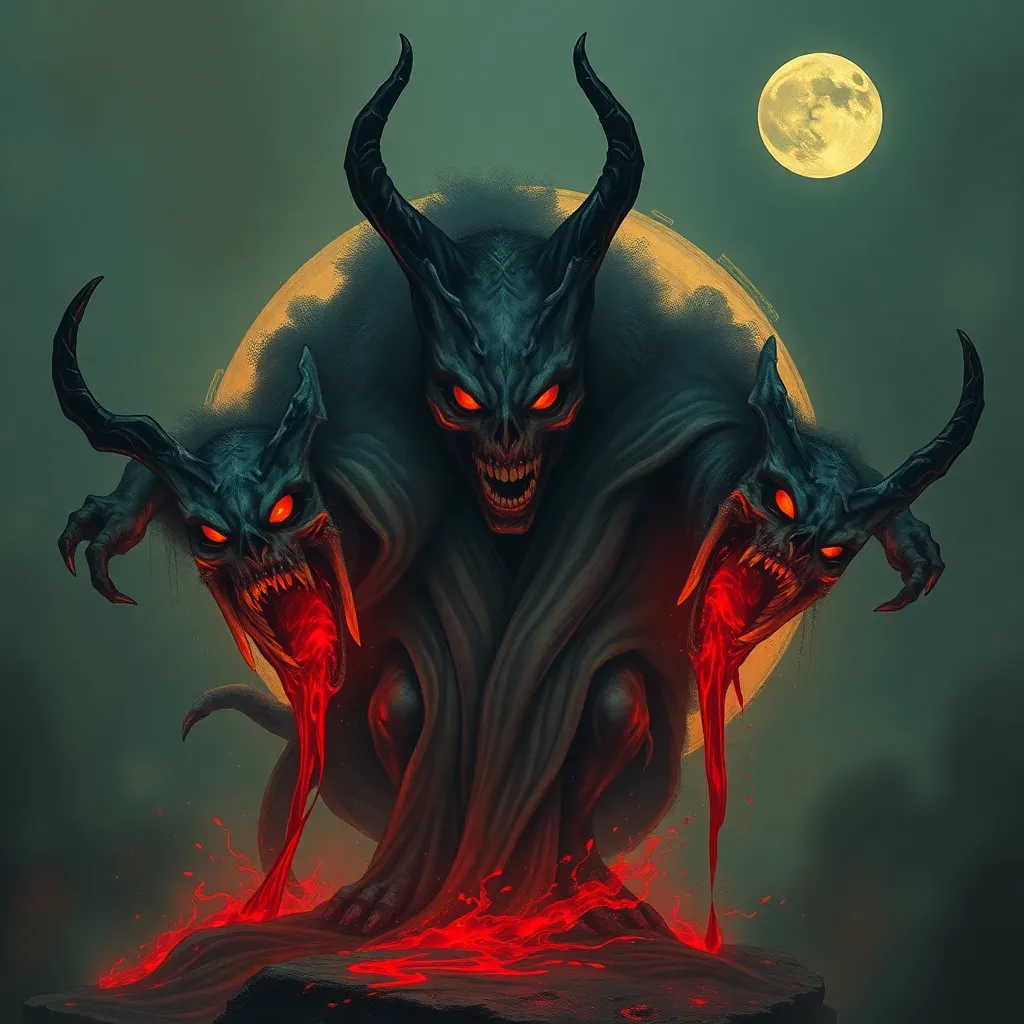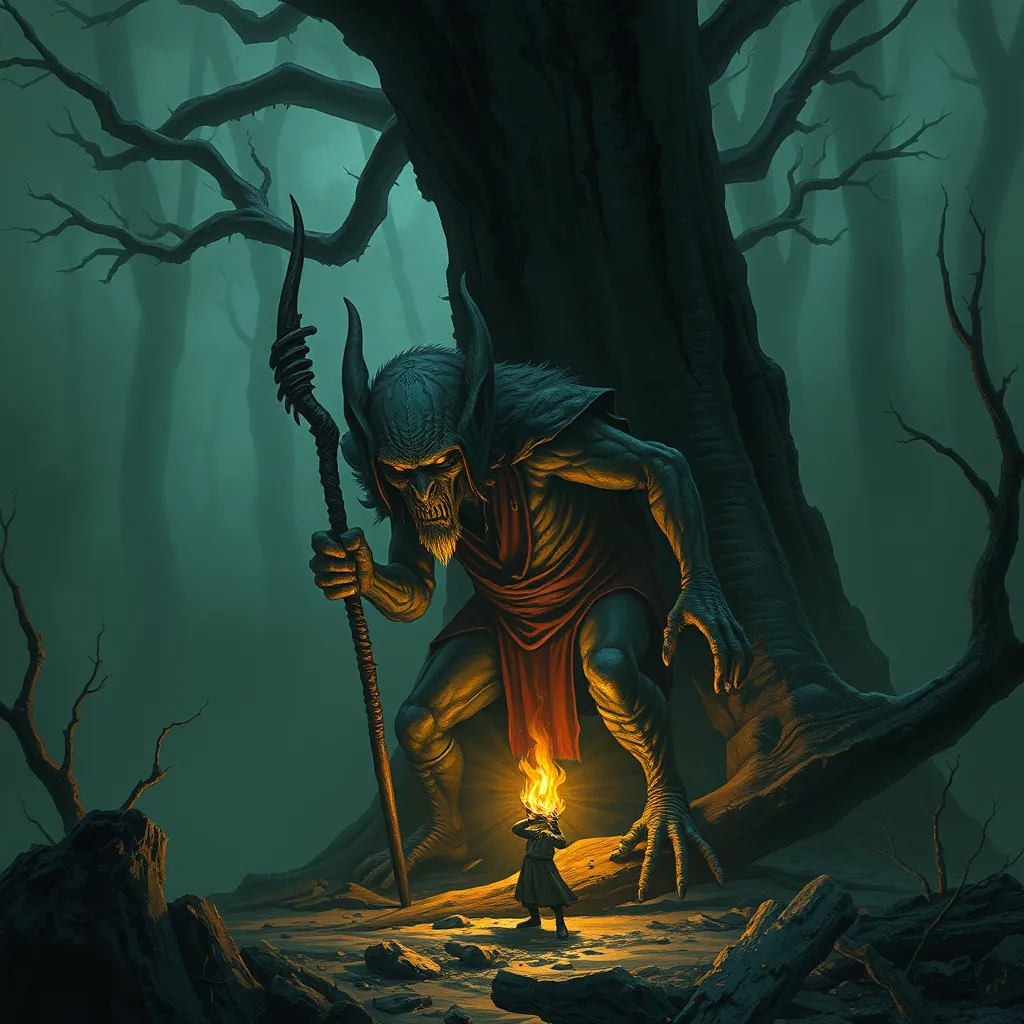Irish Banshees: From Folklore to Modern Legend
I. Introduction
The Banshee, or “Bean Sí” in Irish, is a mythical figure deeply entrenched in Irish folklore, often described as a spirit who heralds the death of a family member. This article aims to explore the rich tapestry of the Banshee’s origins, characteristics, and her evolution from ancient folklore into modern cultural interpretations. Understanding the Banshee not only sheds light on Irish mythology but also reveals the universal themes of grief and loss that resonate across cultures.
II. Historical Origins of the Banshee
The roots of the Banshee can be traced back to ancient Irish mythology, where she is considered a manifestation of ancestral spirits. These spirits were believed to guide the souls of the deceased, often appearing as a warning sign before a death occurred.
- Connections to Ancestral Spirits: The Banshee is often associated with family lineage, representing the souls of women who have passed away in childbirth or as guardians of the family line.
- Death Omens: Historically, her wails were interpreted as omens, foretelling the death of a family member and urging the living to prepare for the inevitable.
Early literary references to the Banshee can be found in works such as “The Annals of the Four Masters,” where she is depicted as a sorrowful figure lamenting the loss of a noble family. Her presence in these texts highlights her significance in the cultural consciousness of Ireland.
III. Characteristics and Traits of Banshees
Banshees are often described with various physical traits, which can differ based on regional folklore.
- Common Physical Descriptions: Many accounts describe Banshees as having long hair, pale skin, and wearing a white or grey cloak. Their appearance can evoke feelings of sorrow and fear.
- Regional Variations:
- In some regions, she is depicted as a beautiful young woman, while in others, she appears as an old hag.
- Different families also have their unique Banshee associated with their lineage, often with distinct characteristics.
The Banshee’s primary role is as a harbinger of death, a figure whose wails signal impending loss and serve as a reminder of mortality.
IV. Banshee Legends and Folklore
Throughout Irish history, numerous Banshee legends have emerged, enriched by local storytelling.
- Notable Banshee Stories: One famous tale involves the Banshee of the O’Brien family, who was said to appear before the death of a family member, crying out in anguish. Such stories not only serve as cautionary tales but also as cultural touchstones that connect generations.
- Cultural Significance of Banshee Wails: The wailing of a Banshee is often described as hauntingly beautiful, evoking deep emotions associated with grief and remembrance.
- Comparisons to Other Death-Related Figures: The Banshee shares similarities with other global figures such as the Grim Reaper or La Llorona, highlighting a common human concern with death and the afterlife.
V. Banshees in Popular Culture
In modern society, the Banshee has permeated various forms of popular culture, evolving from her traditional roots.
- Modern Interpretations: Literature and film have reimagined the Banshee in various ways, often portraying her as a complex character rather than just a symbol of death. For instance, films like “The Secret of Kells” showcase her as a protective spirit.
- Impact on Contemporary Storytelling: The Banshee’s story has inspired countless narratives, illustrating themes of loss, love, and the supernatural.
- Portrayal in Music and Art: Musicians and artists have also drawn inspiration from the Banshee, creating works that explore the emotional landscape of her story.
VI. The Banshee’s Evolution in Modern Society
The Banshee myth has transformed significantly in modern Ireland, reflecting contemporary attitudes toward grief and loss.
- Transformation of the Myth: Today, the Banshee is often viewed through a lens of nostalgia, representing a connection to the past and family heritage.
- Symbol of Grief and Loss: In modern contexts, she embodies the universal experience of mourning, resonating deeply with those who have lost loved ones.
- Role of Technology and Media: Social media and digital storytelling have further shaped Banshee narratives, allowing for new interpretations and a broader audience.
VII. The Global Fascination with Banshees
The allure of Banshees extends beyond Ireland, capturing the interest of cultures worldwide.
- Banshee Influence Outside of Ireland: The concept of the Banshee has been adopted and adapted in various cultures, often merging with local mythologies.
- Intersection of Irish Culture and Global Folklore: The Banshee serves as a bridge between Irish folklore and global narratives, illustrating the shared human experience of dealing with death.
- Academic and Artistic Interest: Scholars and artists continue to explore the Banshee figure, examining her role in folklore, literature, and the arts.
VIII. Conclusion
The legacy of the Banshee endures as a powerful symbol of grief, loss, and cultural identity. Her story serves as a reminder of the importance of preserving folklore in our rapidly changing world. As we navigate modernity, the Banshee continues to resonate, reminding us of our connections to the past and the universal emotions that bind us all.
In reflecting on the Banshee’s journey from ancient myth to modern legend, we recognize her relevance in contemporary culture, where stories of loss and longing continue to inspire and connect us.



